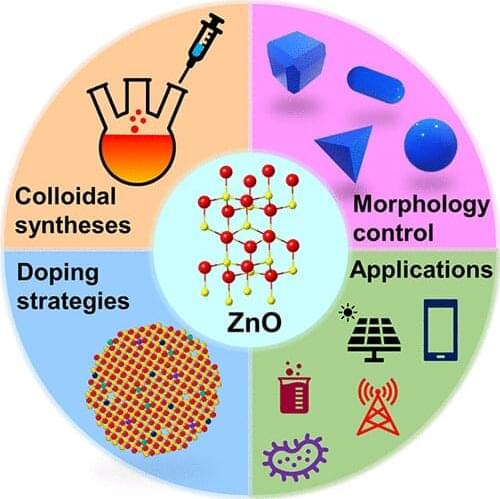Mar 28, 2023
Hacking phones remotely without touching via new inaudible ultrasound attack
Posted by Saúl Morales Rodriguéz in categories: cybercrime/malcode, mobile phones, robotics/AI
The Near–Ultrasound Invisible Trojan, or NUIT, was developed by a team of researchers from the University of Texas at San Antonio and the University of Colorado Colorado Springs as a technique to secretly convey harmful orders to voice assistants on smartphones and smart speakers.
If you watch videos on YouTube on your smart TV, then that television must have a speaker, right? According to Guinevere Chen, associate professor and co-author of the NUIT article, “the sound of NUIT harmful orders will [be] inaudible, and it may attack your mobile phone as well as connect with your Google Assistant or Alexa devices.” “That may also happen in Zooms during meetings. During the meeting, if someone were to unmute themself, they would be able to implant the attack signal that would allow them to hack your phone, which was placed next to your computer.
Continue reading “Hacking phones remotely without touching via new inaudible ultrasound attack” »
















